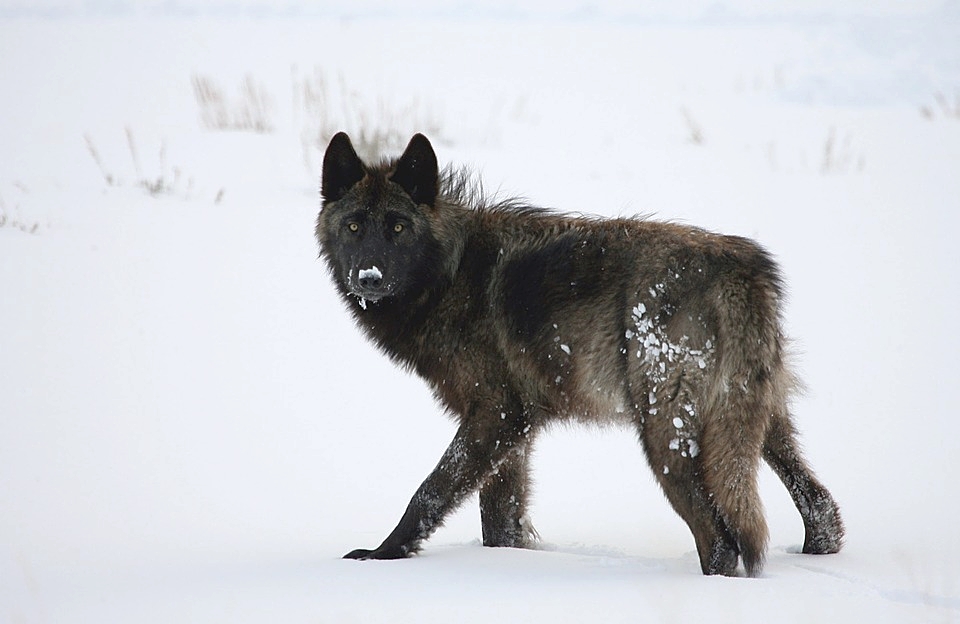For example, the plan sets a minimum population threshold of 300 wolves through 2022 but it doesn’t ensure that any particular zone doesn’t become overpopulated with the predators, said Todd Nash, wolf committee chairman of the Oregon Cattlemen’s Association.
Mateusz Perkowski
Ranchers, environmentalists voice objections to Oregon Wolf Plan update

SALEM — Environmental groups are alarmed by a proposal that would authorize lethal control of wolves in Eastern Oregon after only two livestock kills under “extreme circumstances.”
The regular threshold would be three livestock kills in 12 months, but the current draft of the Oregon Wolf Conservation and Management Plan would reduce it to two kills if non-lethal methods proved ineffective or couldn’t be implemented.
“It moves too quickly to lethal control,” said Noah Greenwald, endangered species director for the Center of Biological Diversity, during a Dec. 8 hearing in Salem, Ore.
Wolves in Eastern Oregon have been delisted under the federal Endangered Species Act, but they’re still regulated by the state government.
Representatives of livestock and hunting groups also found plenty they didn’t like about the plan, which the Oregon Department of Fish and Wildlife is updating.
For example, the plan sets a minimum population threshold of 300 wolves through 2022 but it doesn’t ensure that any particular zone doesn’t become overpopulated with the predators, said Todd Nash, wolf committee chairman of the Oregon Cattlemen’s Association.
“Nowhere does it address a maximum number,” Nash said.
Ranchers would like to see the agency create management units with caps on wolf numbers, but these suggestions have been largely disregarded, he said.
Currently, Oregon is estimated to have more than 100 wolves.
Based on trends seen in Idaho and Montana, however, that number can be expected to climb steeply in the coming years, for which the current draft plan fails to account, said Jim Akenson, conservation director for the Oregon Hunters Association.
“I don’t know why in the world we would not look to our neighbors to see what will happen here,” Akenson said.
The Oregon Farm Bureau would like to see the plan provide a greater allowance for lethal wolf control when they’re near homes or if they threaten livestock, pets and people, said Kevin Johnson, the organization’s representative.
[paypal_donation_button]
Free Range Report
[wp_ad_camp_3] [wp_ad_camp_3] [wp_ad_camp_3]
[wp_ad_camp_2]



